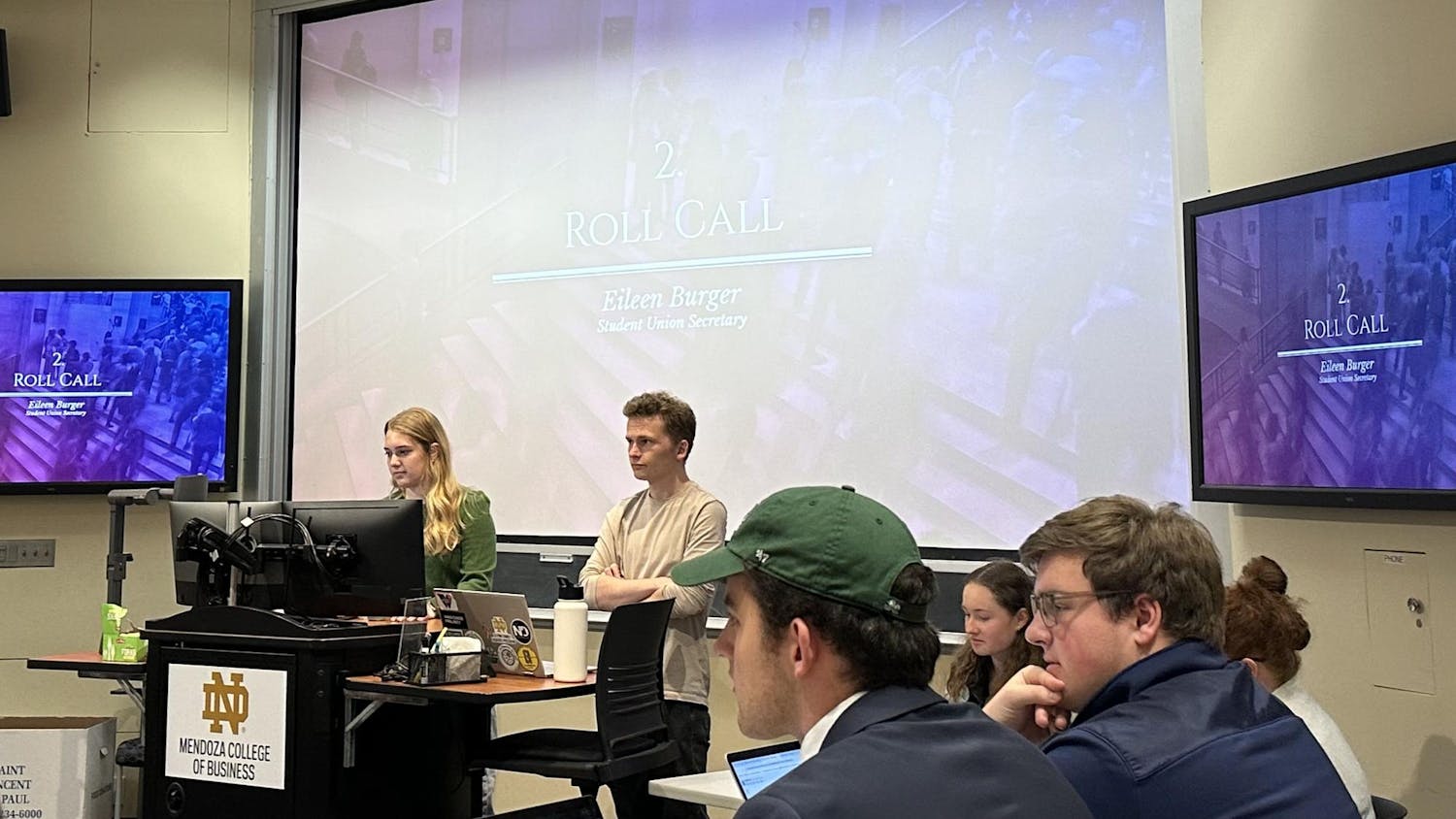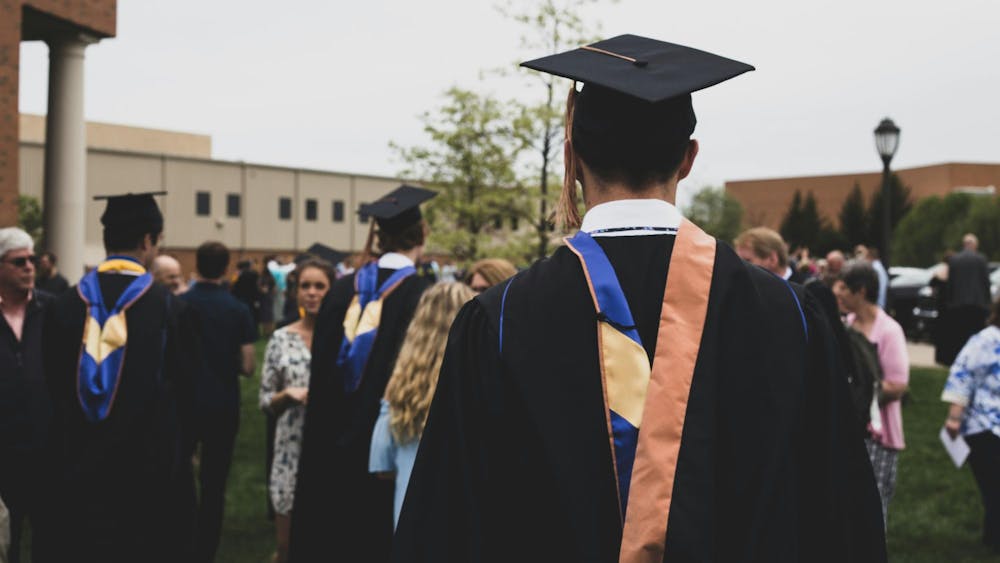Thomas A. Tweed, professor of religious studies at the University of Texas at Austin, spoke yesterday on the Catholic effort to make America's capital, Washington D.C., the spiritual capitol.
In his recent book, "America's Church," Tweed said a visit to the capitol's Basilica of the National Shrine of the Immaculate Conception, built from 1920 to 1959, inspired his study.

"I was gripped by the tour guide's story of the thousands of women named Mary who had donated to the church," he said. "I pondered several questions: who visited this church, who donated to it, who attended?"
Tweed said the shrine has both religious and historic value.
"Much of Catholic America has crossed its boundary, and it allows us to observe Catholic themes," he said. "The shrine is a threshold that opens to arenas of wider significance, from the devotees giving and going, how religion functions."
Tweed said his book focuses on multiple themes, including Catholic efforts to build institutions, contest Protestants, mobilize women, engage children, incorporate immigrants and claim civic space.
The movement to claim civic space began by Catholics holding rituals, parades, memorials, rituals and vigils on capitol soil, Tweed said.
"They were unsure if their efforts would succeed. ... Their public assertions and gestures were expressed in the subjunctive, [which] refers to an action as conceived, not as fact," he said.

Tweed said Catholics strove to be a presence in civil space through ritual and architecture.
"They would announce public prayers for the president in the local press ... and invited President Taft and his wife to the Pan-American Thanksgiving Day Mass, which was a Catholic national holiday," Tweed said.
In architecture, the Catholics worked to construct their own monuments and buildings across the urban landscape, he said.
"The Nuns of the Battlefield Memorial literally claims civic space," Tweed said, "It was built on federal property and was authorized by Congress."
The Catholic's clearest attempt at creating a national religious capitol was the Basilica of the National Shrine, whose dome echoes the government's capitol dome, Tweed said.
"They chose a Byzantine-Romanesque plan because it would complement the civic monuments," Tweed said. "It was no means a rival. Architecturally, it complements them."
Tweed said this fight for visibility at the Capitol was a part of the American civil religion struggle against piety.
"[Different religions] were forced to compete with one another to secure visibility and aggregate power," Tweed said. "They symbolically negotiated cultural power by constructing national centers."












